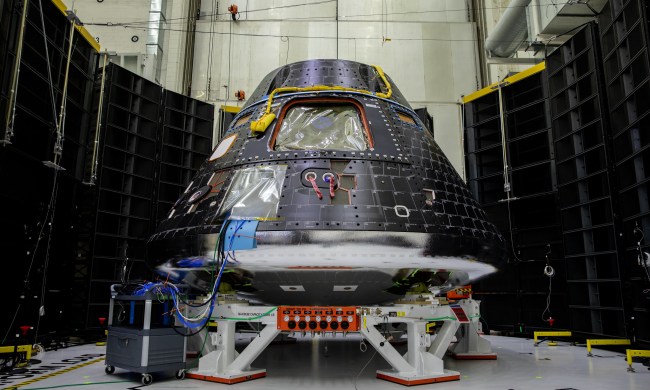NASA’s DART spacecraft has an unusual mission — to crash into an asteroid, in order to test whether this would be an effective planetary defense concept if an asteroid were to threaten Earth. The spacecraft was launched last month and now it has sent back its first images, confirming that its camera is operating well and has survived the rigors of launch.

“On Tuesday, December 7, the spacecraft popped open the circular door covering the aperture of its DRACO telescopic camera and, to everyone’s glee, streamed back the first image of its surrounding environment,” NASA wrote. “Taken about 2 million miles (11 light seconds) from Earth — very close, astronomically speaking — the image shows about a dozen stars, crystal-clear and sharp against the black backdrop of space, near where the constellations Perseus, Aries, and Taurus intersect.”

The images were captured using the DRACO camera (standing for Didymos Reconnaissance and Asteroid Camera for Optical navigation), a high-resolution camera that is the only instrument on board the DART craft. DRACO is primarily used for navigation and targeting, meaning it will observe the Didymos asteroid’s size and shape and help provide information on how and where the DART craft should impact it.
Although it isn’t its primary purpose, DRACO can and will be used to send images back to Earth as well. These two recently released images show that the camera is working as expected, and should be able to send back more images as the mission progresses. DRACO will eve capture the crashing of the DART craft into the asteroid in real time, sending back images right up until the final impact which will help researchers learn more about the surface of the asteroid.
DART is currently on its way through the solar system as is scheduled to impact asteroid Didymos on September 26, 2022.



